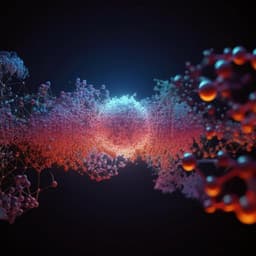
Engineering and Technology
GEMTELLIGENCE: Accelerating gemstone classification with deep learning
T. Bendinelli, L. Biggio, et al.
Discover GEMTELLIGENCE, an innovative deep learning method for automated gemstone origin and treatment detection, developed by Tommaso Bendinelli, Luca Biggio, Daniel Nyfeler, Abhigyan Ghosh, Peter Tollan, Moritz Alexander Kirschmann, and Olga Fink. This cutting-edge approach combines inexpensive techniques with advanced neural networks, delivering predictive accuracy that rivals costly traditional methods, revolutionizing gemstone analysis.
Playback language: English
Related Publications
Explore these studies to deepen your understanding of the subject.







